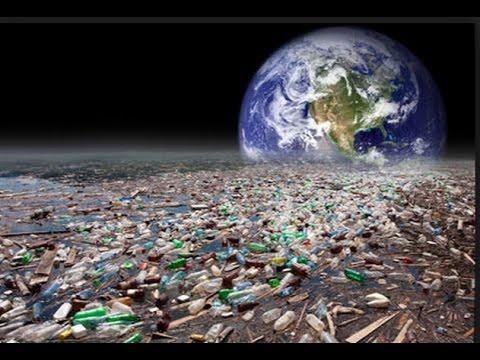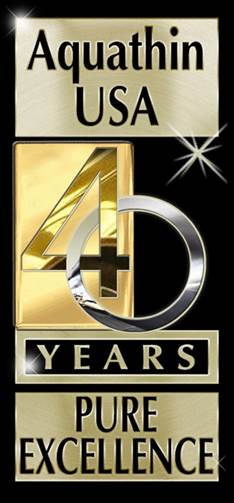THERE ARE MORE PLASTIC BOTTLES THAN THE WORLD CAN HANDLE

This is a must read on "perspective of this reality". See all the way down
BEST ARTICLE: THERE ARE MORE PLASTIC BOTTLES THAN THE WORLD CAN HANDLE...SOON MORE PLASTIC IN OCEAN THAN FISH (by weight)
So FOUR BIG POINTS pop up about this
1) One million plastic bottles are bought every minute around the globe
2) annual sale of plastic bottles will soar* to a staggering one trillion by the end of this decade
3) (Without change), the ocean is expected to contain one tonne of plastic for every three tonnes of fish by 2025, and by 2050, more plastics than fish (by weight).
SHOULD you ever travel to one of the many uninhibited* islands that dot the most remote reaches of Earths oceans, chances are youll find plastic bottles littering the shore.
Even if theres nothing else to be found there, civilisations obsession with plastic waste is having a profound impact on every corner of the globe. And its getting worse.
Figures obtained by UK based newspaper The Guardian show the annual sale of plastic bottles will soar* to a staggering one trillion by the end of this decade a 20 per cent increase.
Most of those bottles end up in landfill*, where they take a significant time to break down, or in the ocean where they kill marine life.
A report by the Ellen MacArthur Foundation in January found the equivalent of a garbage truck worth of plastic bottles was being dumped into the ocean every minute.
(Without change), the ocean is expected to contain one tonne of plastic for every three tonnes of fish by 2025, and by 2050, more plastics than fish (by weight).
Even if recycled, the sheer number of them being produced means conservation efforts are struggling to keep up.
Figures show that 480 billion plastic bottles were produced globally in 2016 and less than half of those were recycled. Of those collected, just seven per cent were reused as drinking bottles.
Although plastic bottles are recyclable, many end up in landfill and take up to 1000 years to break down, according to Clean Up Australia Day.
The organisation reports that of all the waste collected by its volunteers, 10 per cent of items are plastic bottles.
By avoiding bottled water and refilling your own bottle you can help conserve virgin* resources and protect our pristine nature, it said.
While hard to believe, producing one litre of bottled water typically requires three litres of water in the manufacturing and transport.
Experts in the United States say the oil required in meeting the countrys manufacturing demand for bottles is the same as the fuel required to power 1.3 million cars for a year.
TIPS TO REDUCE PLASTIC WASTE
1. Carry a metal water or re-usable water bottle with you
2. Take a green bag or calico bag with you when you go grocery shopping to avoid plastic bags
3. Read the label on bottles and put recyclable ones in the right bin
GLOSSARY
uninhibited: no one lives there
insatiable: never ending
soar: increase greatly
landfill: buried or piled waste
virgin: pristine and untouched
LISTEN TO TODAYS STORY
CLASSROOM ACTIVITIES
Activity 1. How many?
How many plastic bottles are bought per minute around the globe?
Figure out how many bottles are sold around the world in:
45 minutes
One hour
Six and a half hours
A day
Extension:
How many bottles would be sold around the world each day if everyone reduced of bottles they bought by:
Half
A third
A quarter
Time: allow 40 minutes to complete this activity
Curriculum links: Mathematics
Activity 2.
After reading the story, list all of the problems that are caused by plastic bottles.
Then think of at least three things that can be done, actions, to solve these problems.
One action must be something our government could do, one action should be something your local community or school can do and one action should be something that you can do.
Write a description of each action and why it would help.
Extension:
In some countries people are using more bottled water because they may not have clean or safe water to drink.
Find out what has caused this problem in some countries.
Use this information to create a storyboard or script for a TV or radio ad.
The purpose of your ad is to help our community understand why clean or safe drinking water is important and what we can do to keep our water clean and safe.
Time: allow 85 minutes to complete this activity
Curriculum links: Critical and Creative Thinking, Geography, Media Arts
VCOP ACTIVITY
Coming soon!
EXTRA RESOURCES
TURNING FOOD SCRAPS INTO ENERGY
REMOTE ISLAND PLAGUED BY PLASTIC
TRAM TRASH TO TREASURE
FACTS BEHIND A FURPHY
WOULD YOU WEAR PET HAIR?
Originally published as Plague of plastic
For More Information About Aquathin, click


